THE BATTLE OF FALKIRK 1746 |
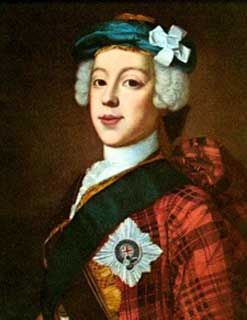 |
The battle fought on the south muir of the town on 17th January 1746 was the last Jacobite triumph on the battlefield and the last time the famous Highland charge swept the clansmen to victory. Bonnie Prince Charlie's attempt to march on London had ground to a halt in Derby and the subsequent retreat harried all the way by Government troops had demoralized and depleted his army. Arriving in the Falkirk area from Glasgow in the first days of 1746, the man in effective command of the Jacobites, Lord George Murray spotted a opportunity to deliver a counter blow against the pursuing Government forces. General Henry Hawley in command of nearly nine thousand men had made camp in Falkirk on land to the west of the town where Hope Street now runs down towards the present Dollar Park. The Jacobite commanders besieging Stirling Castle decided that a carefully planned attack might rout the redcoats and begin a revival in the fortunes of their luckless Prince. On the morning of January 17th aided by Sir Archibald Primrose of Dunipace - under duress, or so he claimed at his subsequent trial - the highland armies |
moved from Pleanin a southward circle across the rivers Carron and Bonny towards the south muir of Falkirk. It was a ferocious clash with the highlanders on the right wing-charging hard downhill towards their fleeing enemy. On the other side of the line the clansmen met much stiffer resistance and the ravine which separated then from the enemy prevented a straightforward charge. Many fled westwards away from the battlefield and thought they had lost. However, although confusion reigned for a time, the overall outcome was a near complete Jacobite victory. Government forces fled in disarray from the town, setting fire to their tents and abandoning great quantities of equipment. Later in the day three columns of highland soldiers entered through the town ports - Lord George Murray by Roberts Wynd, Lord John Drummond by the Cow Wynd and Cameron of Lochiel by the West Port. |
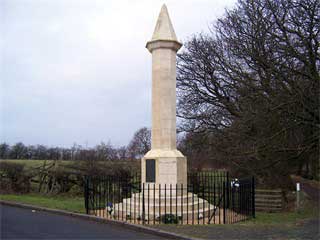 |
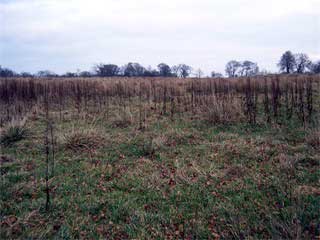 |
Casualties were high among the redcoats with between three and four hundred killed and many more taken prisoner. The Jacobite losses were less, some say as few as forty men. The site of the battle on the south muir is today marked by an obelisk unveiled by the Duke of Atholl in 1927. It is a modest memorial of such a great encounter and a more chilling reminder of the battle can be found in the many eye witness accounts of the battle which survive. Among the most graphic was that of Chevalier Johnstone who was sent with a sergeant and twenty men to guard the captured cannons on the battlefield: |
The sergeant carried a lantern; but the light was
soon extinguished, and by that accident we
immediately lost our way, and wandered a long time at
the foot of the hill, among heaps of dead bodies,
which their whiteness rendered visible... To add to the disagreeableness of our situation from the horror of the scene, the wind and the rain were full in our faces. I even remarked a trembling and strong agitation in my horse, which constantly shook when it was forced to put its feet on the heaps of dead bodies and to climb over them.....on my return to Falkirk I felt myself relieved from an oppressive burden: but the horrid spectacle I had witnessed was for a long time, fresh in my mind. |
| Only once more would British soil witness such carnage and that just three months later on Drumossie Moor at Culloden. On that day Lord Kilmarnock was taken, as the Jacobite cause perished. In August he was beheaded on Towerhill in London. |
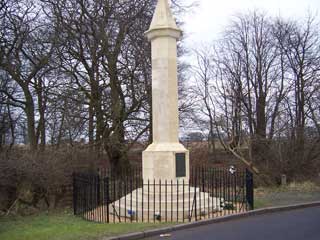 |
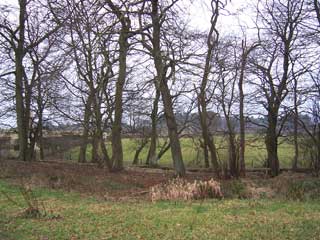 |
But what of the first battle of Falkirk in 1298 I hear you cry, well there's arguments about where exactly the site is. There is a long tradition in the district that the battle was fought in and around the Grahamston area, perhaps a mile north of the town centre. Certainly our Victorian ancestors were quite happy to accept this version, hence they gave local streets names like Campfield, Wallace, Bute and Stewart and marked the maps accordingly. |
 |
© Paisley Tartan Army 2008-09
